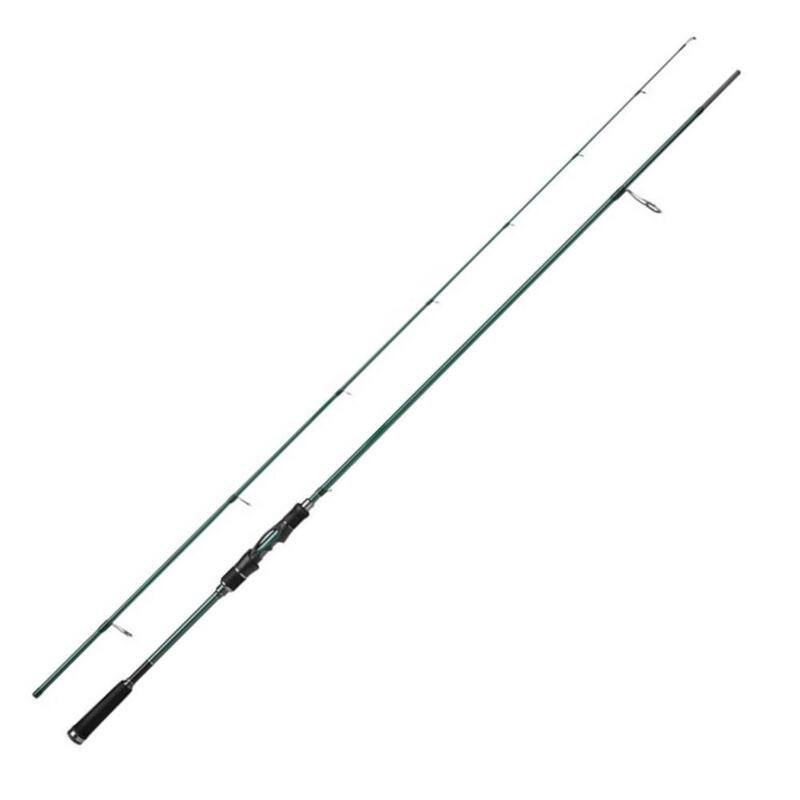In the serene dance between man and nature, there exists a sublime connection—a connection that transcends the ordinary and plunges into the depths of tranquility. Fishing, an ancient practice rooted in patience and skill, encapsulates this harmonious relationship. At the heart of this age-old tradition lies a crucial instrument—the fishing rod. Join us on a journey as we unravel the intricacies of this indispensable tool, exploring its evolution, types, and the profound role it plays in the world of angling.
The Evolution of Fishing Rods:
The history of fishing rods can be traced back centuries, evolving from primitive tools to sophisticated instruments that blend tradition with cutting-edge technology. Initially crafted from bamboo, reeds, or wood, these early rods were basic but served their purpose. As time progressed, materials such as fiberglass, graphite, and carbon fiber revolutionized the construction of fishing rods, enhancing durability, sensitivity, and overall performance.
Types of Fishing Rods:
- Spinning Rods:
- Ideal for beginners, spinning rods are versatile and easy to use. They feature a fixed reel, positioned beneath the rod, allowing for efficient casting.
- Baitcasting Rods:
- Suited for experienced anglers, baitcasting rods offer precision and control. Paired with a baitcasting reel, these rods excel in targeting larger species and require a certain level of skill to master.
- Fly Fishing Rods:
- Elegant and graceful, fly fishing rods are designed for the art of fly casting. Often longer and more flexible, they facilitate delicate presentations of artificial flies on the water’s surface.
- Surf Rods:
- Engineered for casting over long distances, surf rods are robust and designed to withstand the challenges of saltwater environments. They cater to shore-based anglers targeting oceanic species.
The Anatomy of a Fishing Rod:
Understanding the components of a fishing rod is essential for selecting the right one for your angling pursuits:
- Rod Blank:
- The main shaft of the rod, typically constructed from materials like graphite or fiberglass. The blank determines the rod’s overall strength, flexibility, and sensitivity.
- Guides:
- Circular structures affixed to the rod blank, guides facilitate the smooth flow of the fishing line during casting and retrieval. Advanced materials like ceramic are often used for increased durability.
- Reel Seat:
- The reel seat is where the reel is attached to the rod. It’s crucial for stability and balance, ensuring a seamless connection between the rod and reel.
- Handle/Grip:
- The handle or grip provides the angler with a comfortable and secure hold on the rod. Handles are crafted from materials like cork, foam, or rubber, each offering a different feel.
Conclusion:
As we cast our lines into the vast expanse of nature, the fishing rod stands as the conduit between our world and the underwater realm. Evolving from humble beginnings to refined instruments of angling prowess, fishing rods embody the essence of the age-old pursuit of fishing. Whether it’s the thrill of a baitcasting rod’s precision or the elegance of a fly rod’s dance, each type serves a unique purpose, contributing to the rich tapestry of fishing traditions. So, next time you embark on a fishing adventure, take a moment to appreciate the magic within your hands—the magic of a well-crafted fishing rod.


